External links
- Works by Antonino Valsecchi at Open Library
- Works on Post-Reformation Digital Library
Antonino Valsecchi, as secolo Antonio Valsecchi and in Latin Antoninus Valsecchius (25 December 1708 - 15 March 1791) was an Italian Roman Catholic apologist, member of the Dominican order. For thirty years, he was professor of theology at the University of Padua. [1]
Antonio was born in Verona. [2] [3] He entered a Dominican seminary as a youth, and by 1726 took the name of Antonino. [4] After studying philosophy and theology in Venice, while residing in the Convent of the Gesuati there he gained a position teaching philosopy. [4] [2] In 1757, he was appointed professor of theology at Padua, a position he held for the remainder of his life. [4]
In 1760 he was appointed to the Accademia dei Ricovrati. His works not only commented on the Summa Theologiae but also criticized the rising Rationalism of the Enlightenment. [4]
He died in Padua, [3] and was buried in the cloister of the monastery attached to Sant'Agostino, Padua. [2]
{{cite book}}: CS1 maint: location missing publisher (link)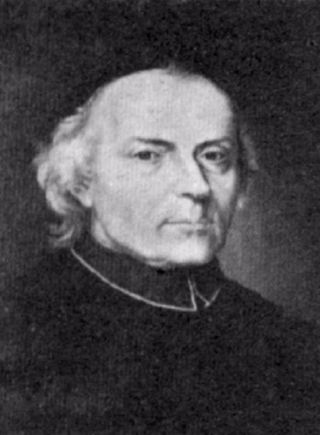
Lodovico Antonio Muratori was an Italian Catholic priest, notable as historian and a leading scholar of his age, and for his discovery of the Muratorian fragment, the earliest known list of New Testament books.
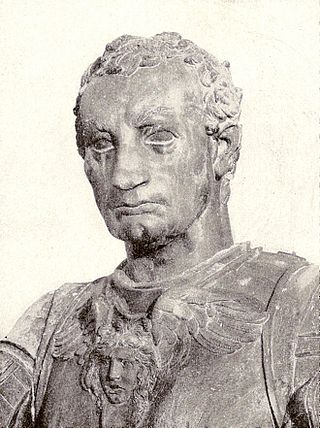
Erasmo Stefano of Narni, better known by his nickname of Gattamelata, was an Italian condottiero of the Renaissance. He was born in Narni, and served a number of Italian city-states: he began with Braccio da Montone, served the Papal States and Florence, as well as the Republic of Venice in 1434 in the battles with the Visconti of Milan.
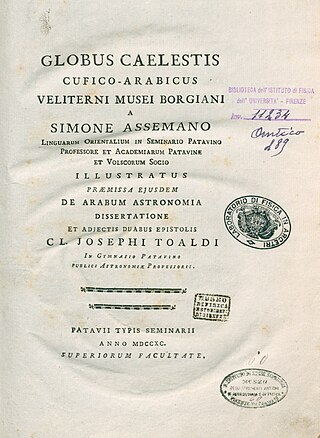
Simone Assemani, grand-nephew of Giuseppe Simone Assemani, was born in Rome.

Fortunio Liceti, was an Italian physician and philosopher.

Giovanni Gioseffo dal Sole was an Italian painter and engraver from Bologna, active in the late-Baroque period. Upon the death of Carlo Cignani, Gioseffo dal Sole became among the most prominent painters in Bologna, described as the Guido Moderno.

Giuseppe Toaldo was an Italian Catholic priest and physicist.
Pietro Andolfati was an actor and troupe director, active mainly in Northern Italy, mainly of comedies. He is also known as Pietro Attore Andolfatti.

Giovanni Antonio Moschini or Giannantonio Moschini was an Italian author and Roman Catholic Somascan priest. He was an art critic who wrote mainly about art and architecture in Venice and the Veneto.
Urbano Dalle Fosse, better known as Urbano Bolzanio, was an Italian humanist and Hellenist.
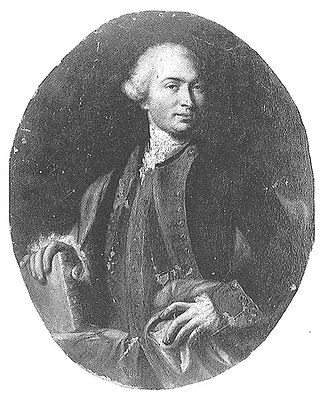
Antonio Maria Lorgna (1735-1796) or Antonio Mario Lorgna was a mathematician from Italy in the 18th century, founder of the Accademia nazionale delle scienze.
Gerolamo Frigimelica Roberti was an Italian architect, librettist, and poet.
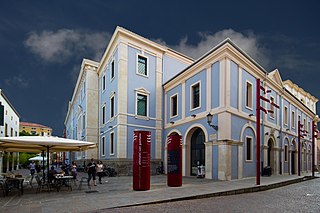
The Biblioteca Civica of Padua, Italy, is a public library founded in 1839 by Gerolamo Polcastro. Since 2009 it operates from headquarters in the Centro culturale Altinate/San Gaetano. Its collections include manuscripts produced by Alberto Fortis.

Giuseppe Suzzi was an Italian mathematician and abbot.
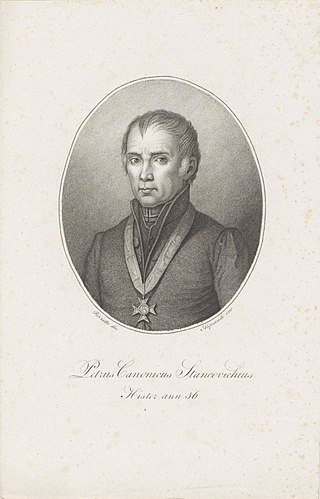
Pietro Mattia Stancovich or Petar Matija Stanković was a priest, historian and inventor, born in Istria.
Clemente Sibiliato or Sibilato was an Italian cleric, poet, and librarian.
Aurelio Aureli was an Italian librettist.

Giuseppe, Antonio Pietro Cassella was an Italian astronomer, professor of Astronomy at the Naples University and first director of the Astronomical Observatory of Naples.
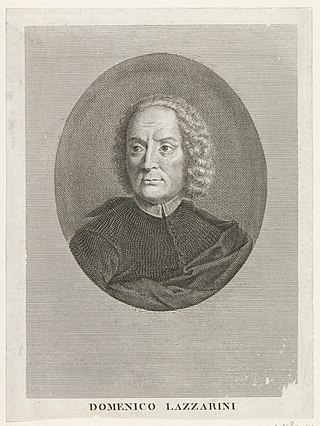
Domenico Lazzarini was an Italian prelate, academic, classicist, playwright and poet, working mainly in Padua.
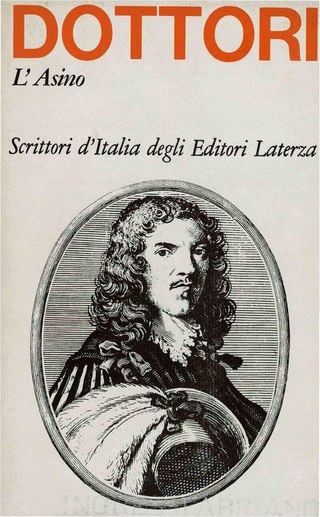
Carlo de' Dottori is an Italian writer, best remembered for his autobiographical Confessioni and his tragedy Aristodemo, considered by Benedetto Croce one of the masterpieces of Italian Baroque literature.

Andrea Comparetti was an Italian physician and scientist.